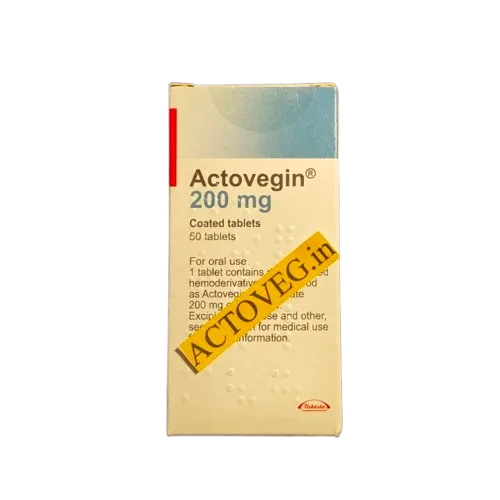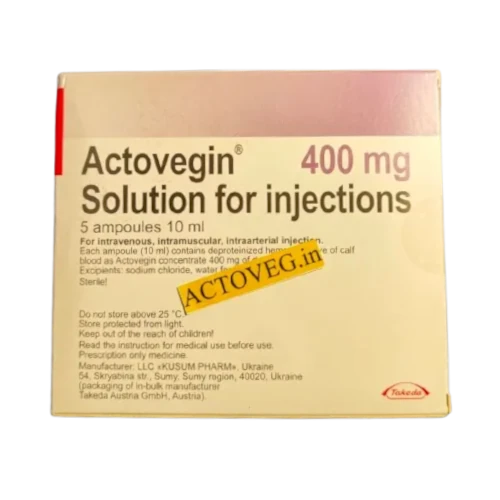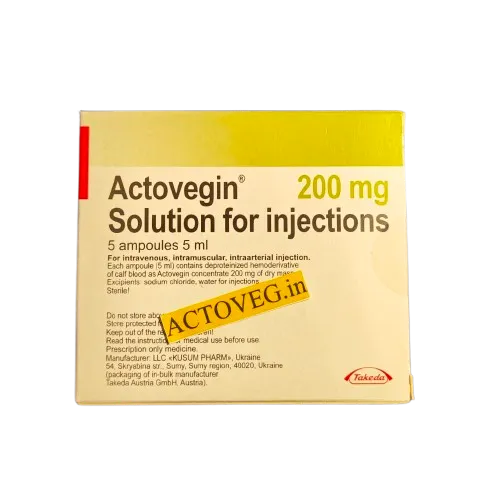Actovegin Tablets and Injections
| Delivery Cost: $20.00 USD for any order | Secure Payment: 100% Guaranteed | 24/7 Support: Dedicated Support Team |
Best Selling Products
 Actovegin 200 mg (50 tablets)$68.00 |
Actovegin 400 mg, 10 ml (5 ampoules)$69.00 |
Actovegin 200 mg, 5 ml (5 ampoules)$45.00 |
Actovegin 80 mg, 2 ml (25 ampoules)$75.00 |
Medical Overview
Formulation: Actovegin contains deproteinized hemoderivative of calf blood. Available in injections (40 mg/ml), tablets (200 mg), and topicals (gel, cream, ointment).
Indications:
- Metabolic and vascular disorders in the brain (stroke, TBI, dementia)
- Peripheral circulation disorders, diabetic polyneuropathy
- Wound healing, radiation injury prevention (topicals)
Contraindications: Not suitable for patients with hypersensitivity, pulmonary edema, fluid retention, or severe cardiac issues. Use cautiously with hypernatremia or hyperchloremia.
Use During Pregnancy: Only under medical supervision. No documented harm to fetus, but risk/benefit should be assessed.
Administration: Tablets: 1–2 tablets 3x/day before meals. Injections: IV/IM as prescribed. Topicals applied 2–3 times daily for affected areas.
Storage: Store tablets/topicals at room temperature, protect from moisture/light. Ampoules should not be reused once opened.
Side Effects: Allergic reactions, skin irritation, rarely angioedema or anaphylaxis. Monitor for hypersensitivity.
For more details visit our Discussion Page or our partner site Farmasco.



